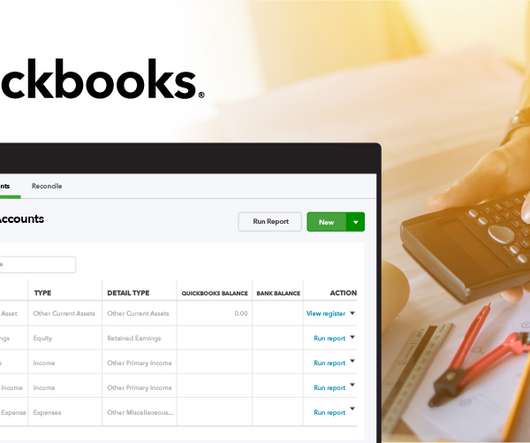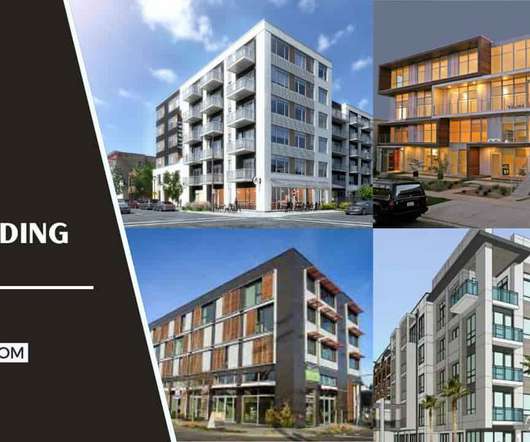Industry Focus – Retail: Less Than Six Degrees of Separation
Buisness Facilities Contributed Content
JUNE 8, 2016
Retail accounts for more than $2 trillion in total GDP impact with consumer spending accounting for more than two-thirds of the U.S. The health of this industry is a vital economic indicator since sales tend to be driven by personal income, consumer confidence and interest rates. Credit: City of Cape Coral).




















Let's personalize your content